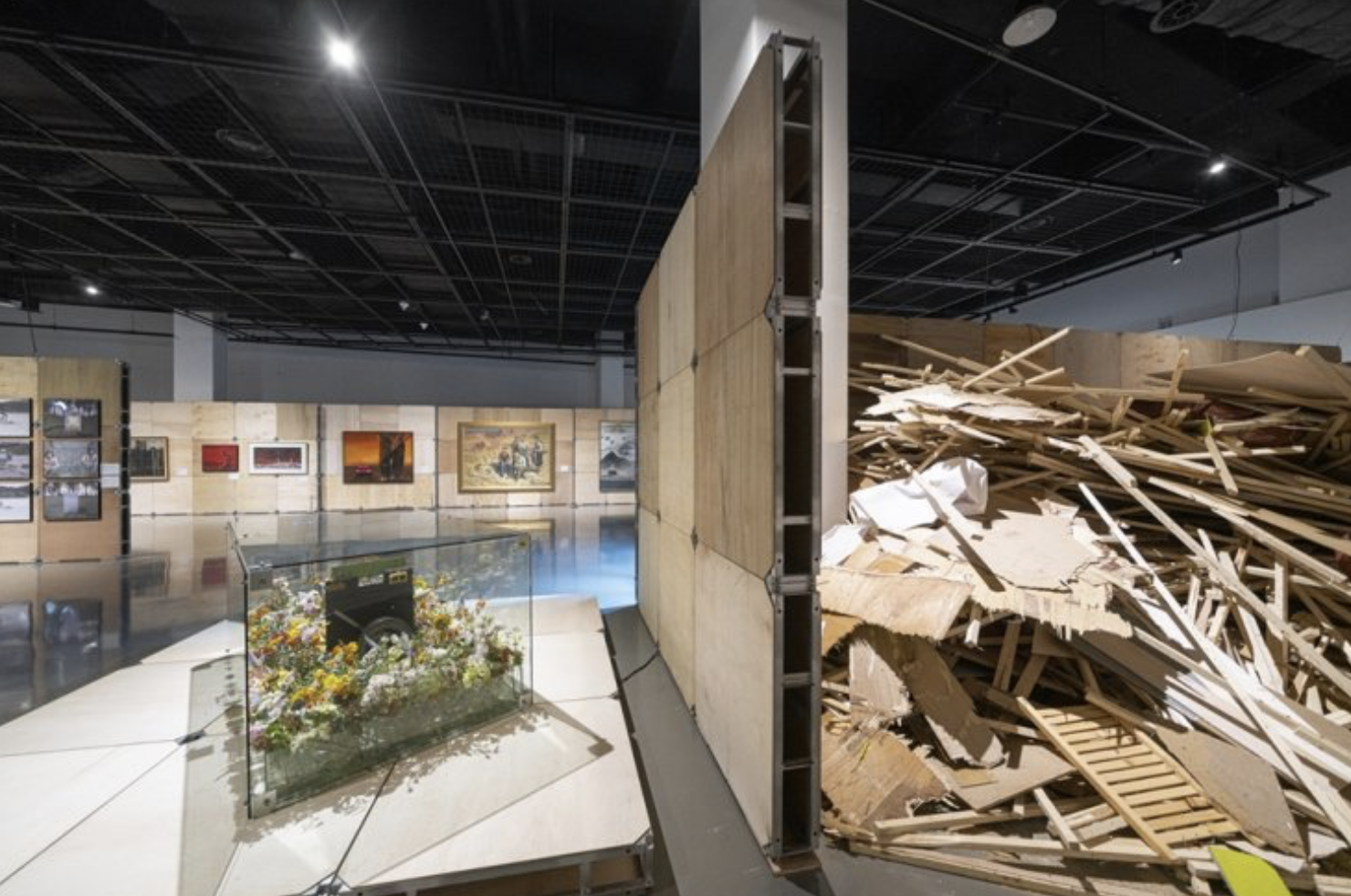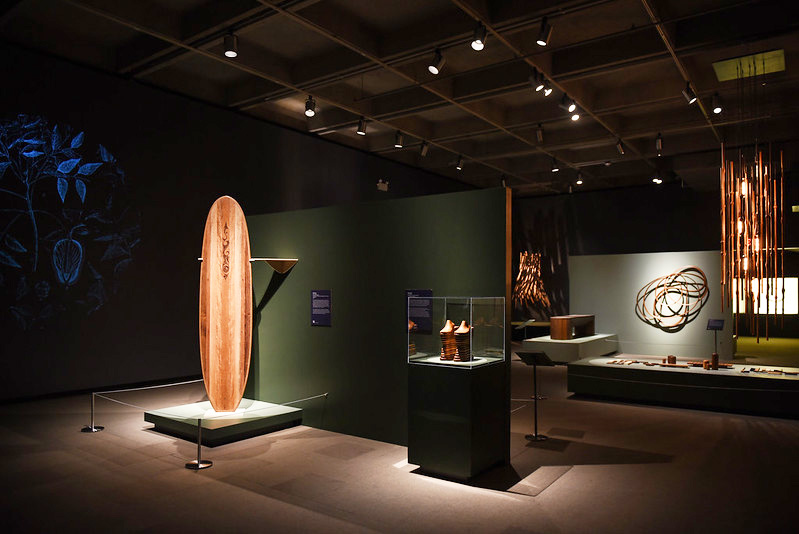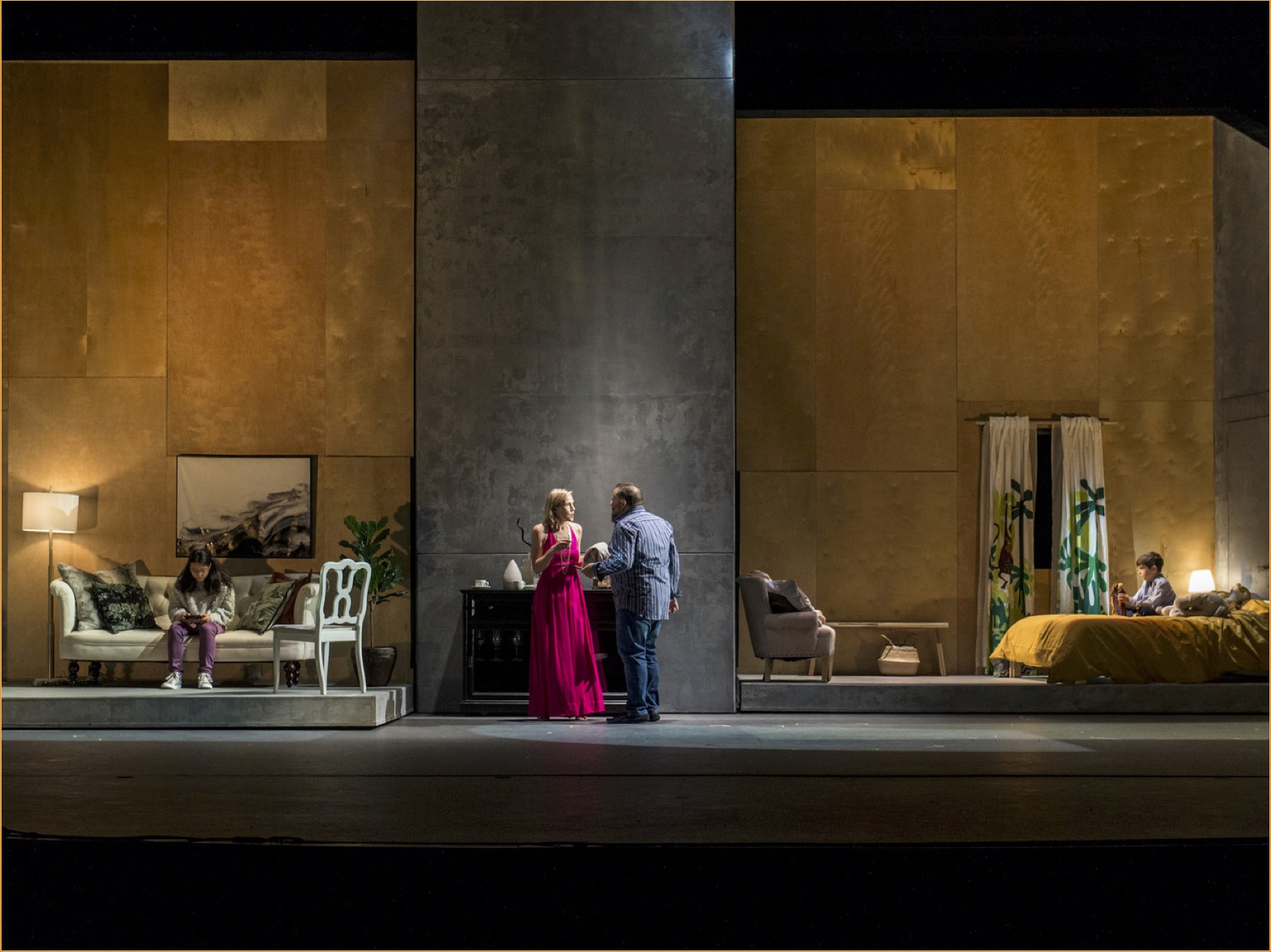What are the 5 Elements?
The 5 key elements of exhibition development include: Planning, Designing, Materials choices, Building and Unbuilding (i.e. de-constructing or disassembling at the end of exhibitions).
SAGE invites you to move beyond waste management and recycling practices to adopt circular solutions. The following sections provide tips and examples of circular practices in each of the five key elements (or stages) in the development of exhibitions and other staged environments.
Learn more about the 5 Elements
Circularity in the 5 Elements
1. Planning
The first step in circular exhibition development is planning. When planning an exhibition or theatre set, from the outset it is crucial to consider how to integrate circularity into all the other elements.
Learn more about Planning
Learn more about the 5 Elements
2. Design
Instead of viewing circularity as a constraint to originality, challenge designers to embrace it as an opportunity to create engaging and innovative solutions while avoiding and reducing waste.
Learn more about Design
Learn more about the 5 Elements
3. Materials
Consider used props and materials in your exhibitions and materials with lower environmental impacts. Extend the life of new and used materials across multiple exhibition projects to avoid waste.
Learn more about Materials
Learn more about the 5 Elements
4. Building
Circular building of exhibitions and theatre sets requires techniques that minimize waste during the building process. Assembly techniques and joinery choices also impact the potential for disassembly for materials reuse later.
Learn more about Building
Learn more about the 5 Elements
5. Unbuilding
Unbuild (or disassemble) exhibitions to minimize waste and preserve materials for reuse. Effective planning, design, and assembly techniques will facilitate this unbuilding process at the end of an exhibition.
Learn more about Unbuilding
Learn more about the 5 Elements


